Home>Storage Ideas>Bathroom Storage>6 Bathroom Renovation Mistakes Making Your Cold Bathroom Moldy
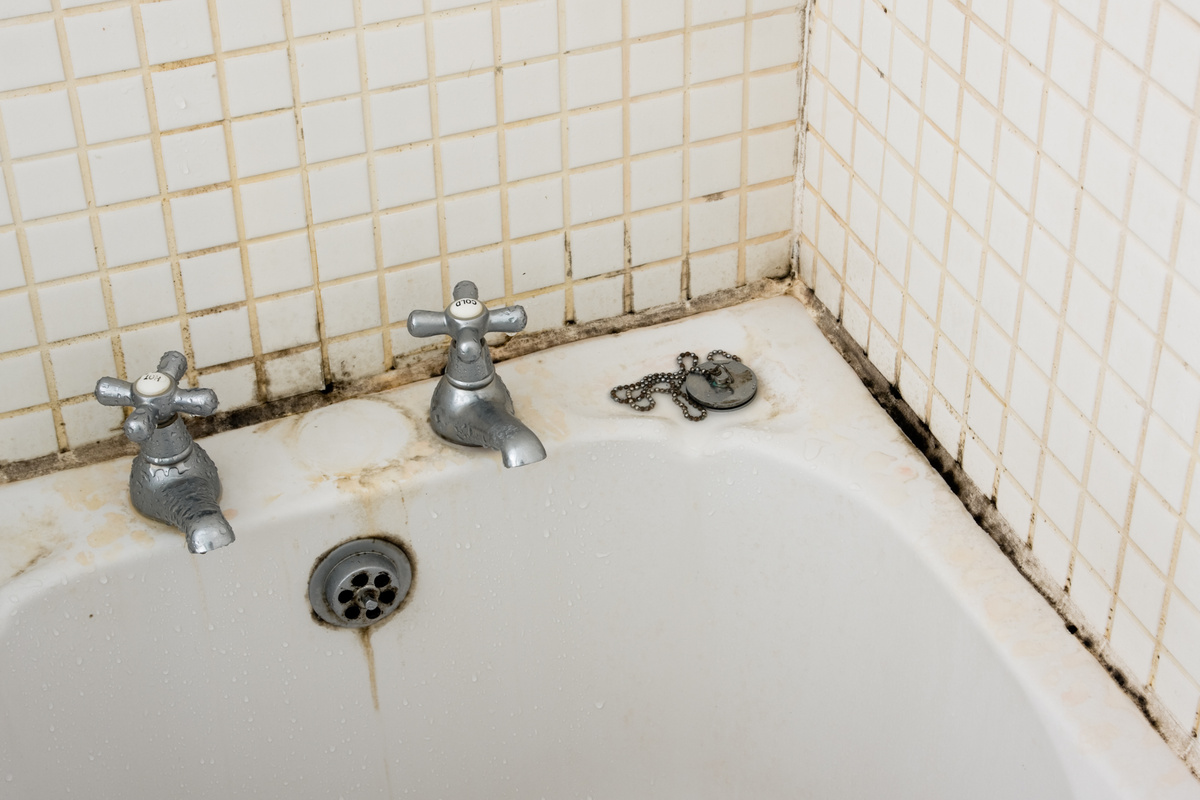

Bathroom Storage
6 Bathroom Renovation Mistakes Making Your Cold Bathroom Moldy
Modified: October 18, 2024
Avoid these 6 bathroom renovation mistakes that result in a cold, moldy bathroom. Learn how proper bathroom storage can prevent mold and keep your bathroom warm and inviting.
(Many of the links in this article redirect to a specific reviewed product. Your purchase of these products through affiliate links helps to generate commission for Storables.com, at no extra cost. Learn more)
Introduction
When it comes to bathroom renovations, one of the key areas that often gets overlooked is proper storage. Bathrooms tend to be small spaces with limited storage options, but with some smart planning and creative solutions, you can maximize your bathroom storage and keep your toiletries and essentials organized and easily accessible.
In this comprehensive guide, we will explore various bathroom storage solutions, from clever built-in storage options to stylish furniture pieces that will transform your bathroom into a clutter-free oasis. We’ll also discuss the importance of SEO optimization and how it can help your bathroom storage business rank higher in search engine results, driving more traffic and potential customers to your website. So let’s dive in!
Key Takeaways:
- Maximize bathroom storage by addressing ventilation, insulation, waterproofing, material selection, plumbing, and maintenance. Create a clutter-free, visually appealing, and functional space while preventing mold and water damage.
- Incorporate SEO optimization into your bathroom storage business to improve online visibility and attract potential customers. Implement relevant keywords to drive more traffic to your website and increase your online presence.
Mistake 1: Lack of Proper Ventilation
One of the most common mistakes homeowners make when it comes to bathroom storage is neglecting proper ventilation. Bathrooms are naturally high-moisture areas, and without proper ventilation, the excess moisture can lead to a variety of issues, including mold and mildew growth.
When designing your bathroom storage, it’s crucial to consider the placement of vents and windows to ensure adequate airflow. Proper ventilation not only helps prevent mold and mildew, but it also helps dry out damp towels and clothing, reducing unpleasant odors in the bathroom.
There are several options for improving ventilation in your bathroom. Firstly, you can install an exhaust fan that is specifically designed for high-moisture areas. This will help remove excess moisture from the air and prevent condensation on surfaces, such as walls and ceilings. Additionally, make sure that the exhaust fan is properly maintained and cleaned regularly to ensure optimal performance.
Another option is to incorporate windows or skylights in your bathroom design. Natural ventilation not only helps with moisture control but also brings in fresh air, making your bathroom feel more open and inviting. However, it’s essential to ensure proper privacy and security when incorporating windows, especially in bathrooms located on the ground floor or in close proximity to neighboring buildings.
Lastly, consider using materials in your bathroom storage design that are resistant to moisture and can withstand the high-humidity environment. Opt for cabinets made from materials like laminate or marine-grade plywood, as these are less likely to absorb moisture and resist mold and mildew growth.
By addressing the lack of proper ventilation in your bathroom storage design, you can create a healthier and more enjoyable space, free from musty odors and unsightly mold growth.
Mistake 2: Poor Insulation
Insufficient insulation in your bathroom can lead to a variety of problems, including heat loss, condensation, and mold growth. Poor insulation not only affects the comfort of your bathroom but also the overall energy efficiency of your home.
When it comes to bathroom storage, it’s crucial to ensure that your walls, floors, and ceilings are properly insulated. This helps maintain a consistent temperature in the bathroom and prevents the transfer of heat to the surrounding areas of your home.
One area where insulation is commonly overlooked is the exterior walls of the bathroom. These walls are often exposed to colder temperatures, especially if they are on the outer perimeters of the house. Adding insulation to these walls can help prevent heat loss and create a more comfortable environment.
Another important area to insulate is the floor of your bathroom. Cold floors can be uncomfortable, especially during the colder months. Adding insulation beneath the floor tiles or using rugs or heated flooring can help keep your feet warm and cozy.
In addition to heat loss, poor insulation can lead to condensation and moisture buildup, which can contribute to the growth of mold and mildew. By insulating your bathroom properly, you can help reduce condensation and create a drier environment, minimizing the risk of mold growth.
When it comes to bathroom storage, consider using insulated cabinets and shelves. These will help prevent condensation on the surfaces and keep your belongings dry and free from moisture damage.
By addressing poor insulation in your bathroom, you can create a more comfortable and energy-efficient space, while also protecting against the growth of mold and mildew.
Mistake 3: Inadequate Waterproofing
Waterproofing is a critical aspect of bathroom renovations, yet it is often overlooked. Inadequate waterproofing can lead to water leaks, water damage, and costly repairs. When it comes to bathroom storage, it’s essential to ensure that your storage units and the surrounding areas are properly waterproofed.
One common mistake is not properly sealing the walls and floors around your bathroom storage units. Moisture can seep through gaps and cracks, leading to water damage, mold growth, and deterioration of the storage units themselves. It’s important to use waterproof sealants or membranes to create a barrier against moisture and ensure that water cannot penetrate the surfaces.
In addition to sealing, consider using moisture-resistant materials for your bathroom storage units. Look for cabinets or shelves made from materials such as marine-grade plywood or plastic laminate, as these materials are less prone to moisture damage.
Another area to pay attention to is the area around faucets, sinks, and shower fixtures. These areas are prone to water splashes and spills, and inadequate waterproofing can result in water seeping into the storage units or causing damage to the surrounding walls and floors. Properly sealing these areas with silicone caulk or waterproofing membranes can help prevent water damage and keep your storage units dry and protected.
Proper waterproofing also extends to the shower and bathtub areas. Make sure that the walls and floors are properly tiled, and the joints and corners are sealed with waterproofing materials. This will prevent water from seeping into the walls and causing structural damage.
By addressing inadequate waterproofing in your bathroom storage design, you can protect your storage units, prevent water damage, and ensure a long-lasting and functional bathroom space.
Make sure to install proper ventilation in your bathroom to prevent moisture buildup, which can lead to mold growth. Consider adding a fan or opening a window during and after showers.
Mistake 4: Using the Wrong Materials
Choosing the right materials for your bathroom storage is crucial for durability, functionality, and aesthetics. Using the wrong materials can result in premature wear and tear, damage to your belongings, and a less-than-ideal bathroom storage experience.
One common mistake is using materials that are not suitable for high-moisture environments. Bathrooms are prone to humidity and moisture, so it’s important to select materials that can withstand these conditions. Avoid materials like solid wood, as they can warp, expand, or even rot when exposed to moisture. Instead, opt for materials that are moisture-resistant, such as plastic laminate, melamine, or marine-grade plywood.
Another mistake is using materials that are difficult to clean and maintain. In the bathroom, it’s essential to have storage units that are easy to wipe down and keep clean. Avoid materials with rough textures or intricate details that can collect dust and grime. Instead, opt for smooth and easy-to-clean surfaces, such as glazed ceramic, tempered glass, or stainless steel.
Consider the weight-bearing capacity of the materials you choose as well. Bathroom storage units need to support the weight of various items, such as toiletries, towels, and even heavier objects like hairdryers or curling irons. Using materials that are not sturdy enough or not properly reinforced can lead to sagging shelves or even collapse. Look for materials that are specifically designed for durability and weight-bearing capacity, such as metal frames or heavy-duty plastic.
Lastly, consider the overall aesthetic and style of your bathroom when choosing materials for your storage units. You want to select materials that complement the existing design elements and create a cohesive and visually appealing space. Whether you prefer a sleek and modern look or a more rustic and traditional feel, choose materials that align with your desired style.
By avoiding the mistake of using the wrong materials, you can enhance the durability, functionality, and overall aesthetic of your bathroom storage, ensuring a long-lasting and visually pleasing space.
Mistake 5: Ignoring Plumbing Issues
When it comes to bathroom storage, it’s crucial not to ignore any existing or potential plumbing issues. Ignoring plumbing problems can lead to leaks, water damage, and costly repairs. It’s important to address these issues before installing any storage units to ensure a smooth and hassle-free experience.
One common mistake is not checking for leaks or drips in the plumbing system before starting your bathroom storage project. Even minor leaks can cause significant damage over time, leading to mold growth and deterioration of your storage units. Inspect the faucets, showerheads, and pipes for any signs of leaks, such as dripping water or water stains. If you notice any issues, it’s essential to fix them promptly before proceeding with your storage installation.
Another plumbing issue to consider is the location of the existing water supply and drain lines. If your storage units require plumbing connections, make sure they are positioned in a way that allows easy access to the water supply and drain pipes. It’s important to plan the layout of your storage units in a way that doesn’t obstruct or complicate the plumbing connections.
Additionally, if you’re planning to install wall-mounted storage units, it’s crucial to locate the position of the wall studs and plumbing within the walls. Mounting the units without considering the placement of the plumbing can result in puncturing or damaging the pipes, leading to water leaks and potential structural damage.
When addressing plumbing issues, it’s essential to hire a professional plumber if you’re unsure how to proceed. They can inspect the plumbing system, identify any existing issues, and offer expert advice on how to proceed with your bathroom storage installation.
By not ignoring plumbing issues and addressing them before installing your bathroom storage, you can prevent future headaches and costly repairs. Ensuring that your plumbing system is in proper working order will help maintain the integrity and functionality of your storage units for years to come.
Mistake 6: Neglecting Regular Cleaning and Maintenance
One of the critical aspects of bathroom storage that is often overlooked is regular cleaning and maintenance. Neglecting proper cleaning and maintenance can lead to a buildup of dirt, grime, and even mold, making your bathroom storage not only unsightly but also unhygienic. It’s important to incorporate cleaning and maintenance routines into your bathroom storage habits to ensure a clean and well-maintained space.
One common mistake is not cleaning the storage units regularly. Over time, dust, dirt, and other debris can accumulate on the surfaces of cabinets, shelves, and other storage units. This not only affects the appearance but can also lead to the spread of bacteria and allergens. Establish a regular cleaning schedule, and wipe down the surfaces of your storage units with a mild cleaning solution and a soft cloth. Avoid using abrasive cleaners or tools that may scratch or damage the materials.
In addition to regular cleaning, it’s important to address any maintenance issues promptly. For example, if you notice loose or damaged shelves, knobs, or hinges, take the time to repair or replace them. Loose or damaged components not only affect the functionality and stability of your storage units but can also pose safety hazards. Fixing these issues as soon as possible will help prolong the lifespan of your bathroom storage.
Another critical aspect of maintenance is keeping an eye out for any signs of mold or mildew growth. Bathrooms are prone to high humidity, making them an ideal breeding ground for mold. Regularly inspect the areas around your storage units, especially in corners and joints, for any signs of mold or mildew. If you spot any growth, clean it immediately with an appropriate mold remover and address the underlying cause, such as poor ventilation or inadequate waterproofing.
Finally, pay attention to the condition of your storage units over time. Look for signs of wear and tear, such as chipped paint, warped surfaces, or damaged edges. Addressing these issues promptly can prevent further damage and maintain the overall quality and appearance of your bathroom storage.
By incorporating regular cleaning and maintenance into your bathroom storage routine, you can ensure a clean, hygienic, and well-maintained space that not only looks great but also functions optimally for years to come.
Conclusion
In conclusion, proper bathroom storage is crucial for keeping your toiletries organized, maximizing your space, and enhancing the overall functionality of your bathroom. By avoiding common mistakes and implementing smart solutions, you can create a clutter-free and visually appealing bathroom that meets your storage needs.
In this guide, we explored six common mistakes to avoid when it comes to bathroom storage. We discussed the importance of proper ventilation to prevent mold and mildew growth, the need for adequate insulation to maintain a comfortable environment, and the significance of proper waterproofing to protect against water damage. We also highlighted the importance of using the right materials for durability and aesthetics, addressing plumbing issues to ensure a smooth installation, and being diligent in regular cleaning and maintenance to keep your bathroom storage in top condition.
Remember to consider SEO optimization when creating content related to bathroom storage. Implementing relevant keywords throughout your website and blog posts will help improve your search engine rankings, driving more traffic to your website and increasing your chances of attracting potential customers.
By incorporating these insights into your bathroom storage projects and optimizing your online presence, you can create a functional, organized, and visually appealing bathroom that meets both your storage needs and your aesthetic preferences. So, roll up your sleeves, embrace the creativity, and transform your bathroom into a storage haven!
Frequently Asked Questions about 6 Bathroom Renovation Mistakes Making Your Cold Bathroom Moldy
Was this page helpful?
At Storables.com, we guarantee accurate and reliable information. Our content, validated by Expert Board Contributors, is crafted following stringent Editorial Policies. We're committed to providing you with well-researched, expert-backed insights for all your informational needs.
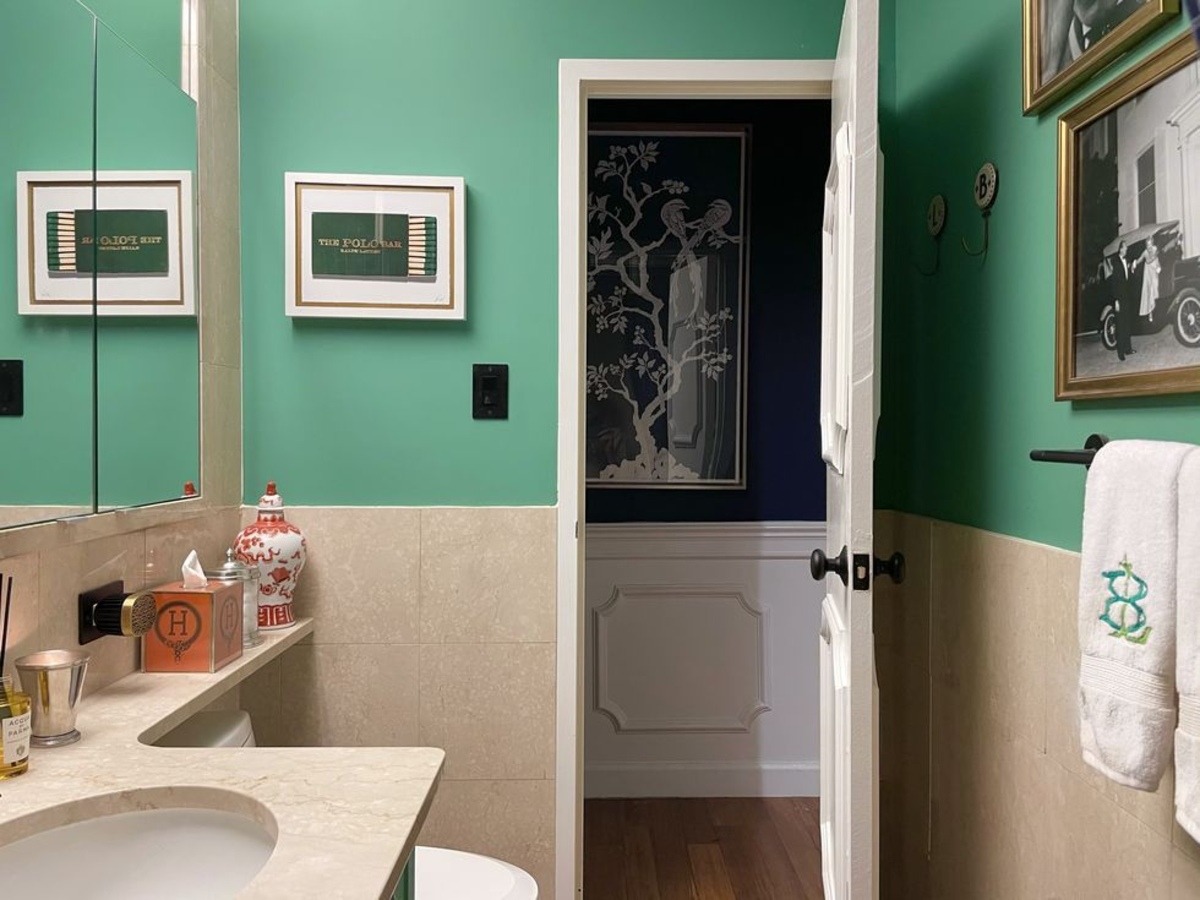

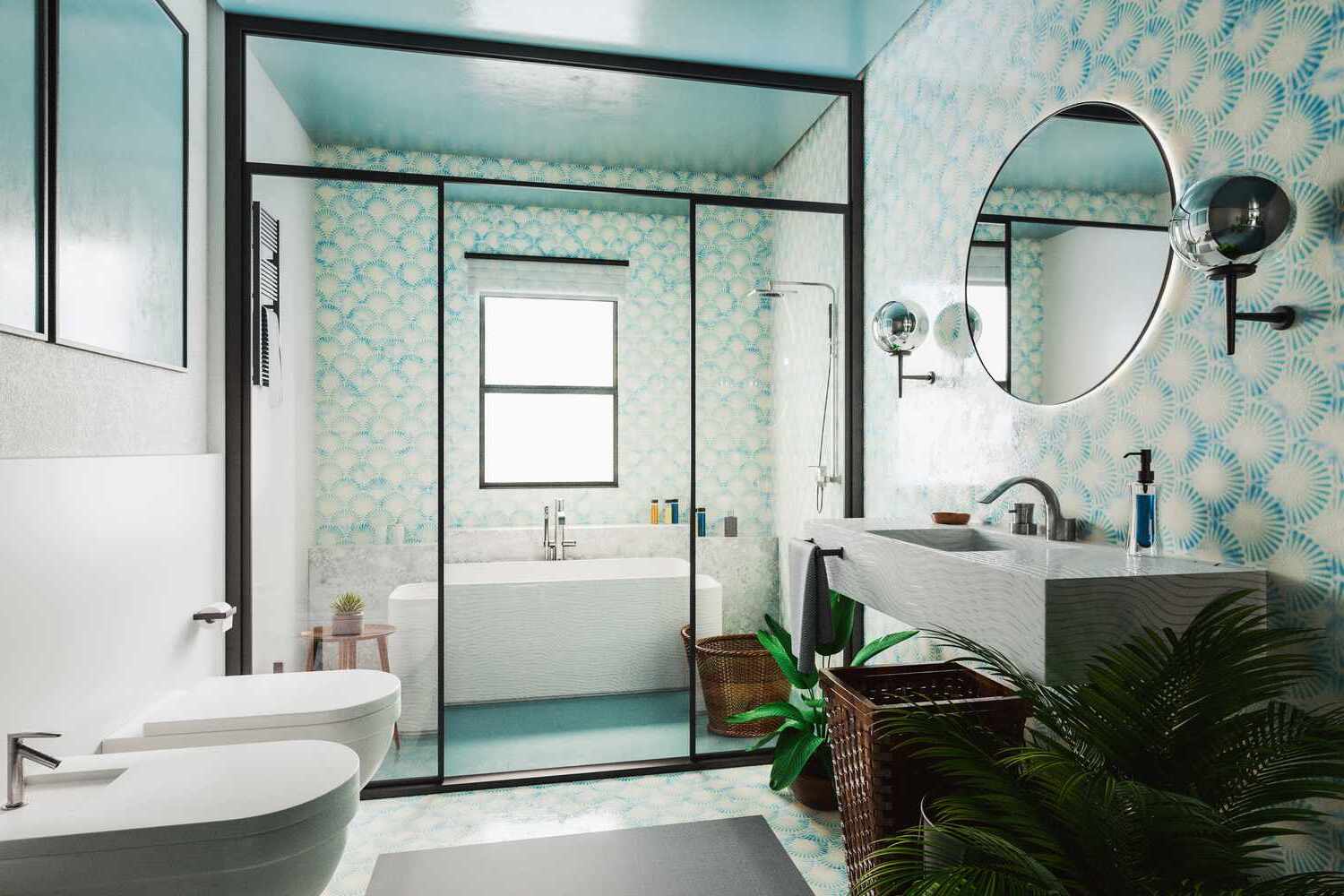
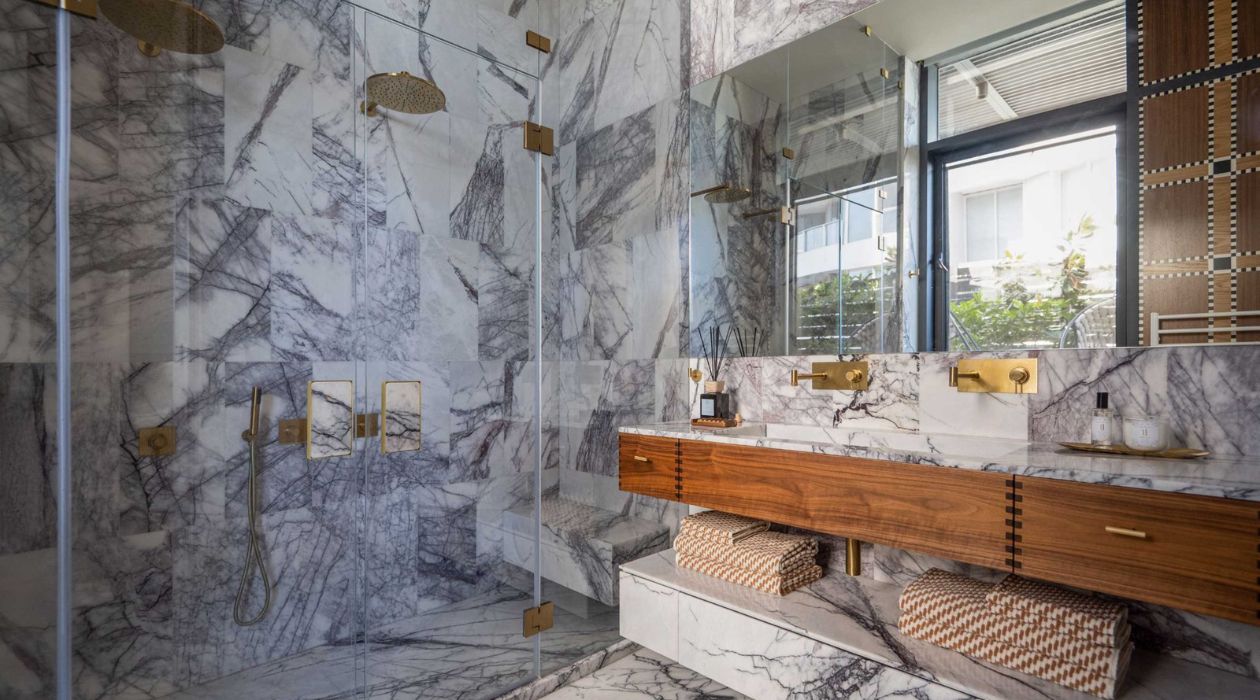
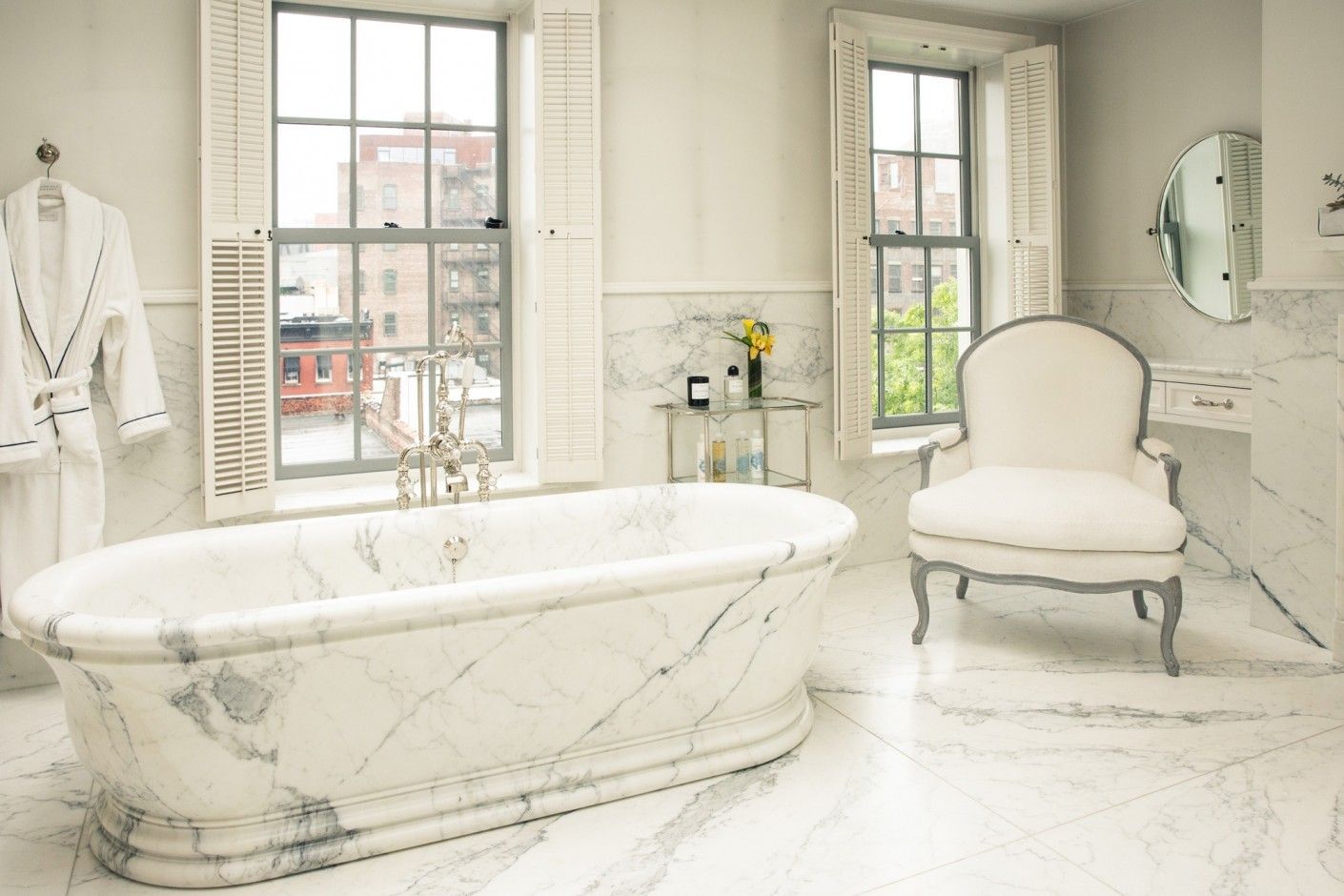
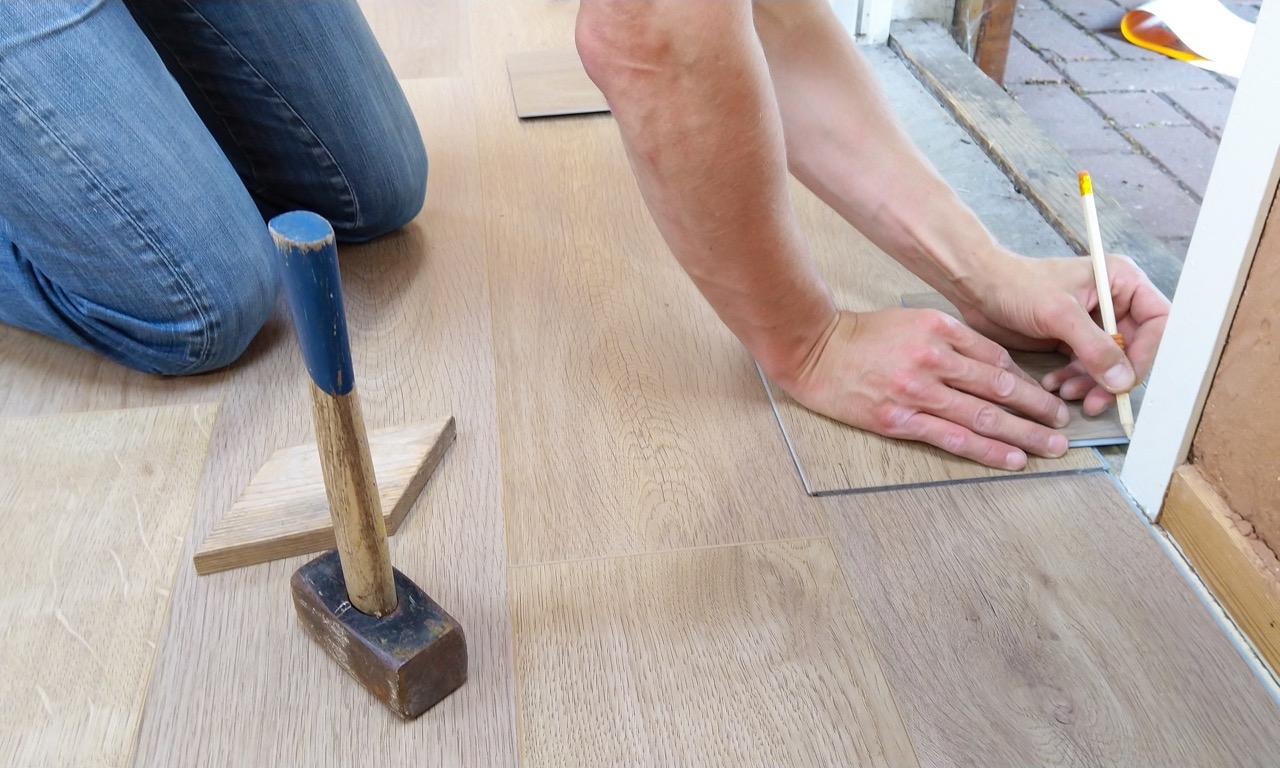
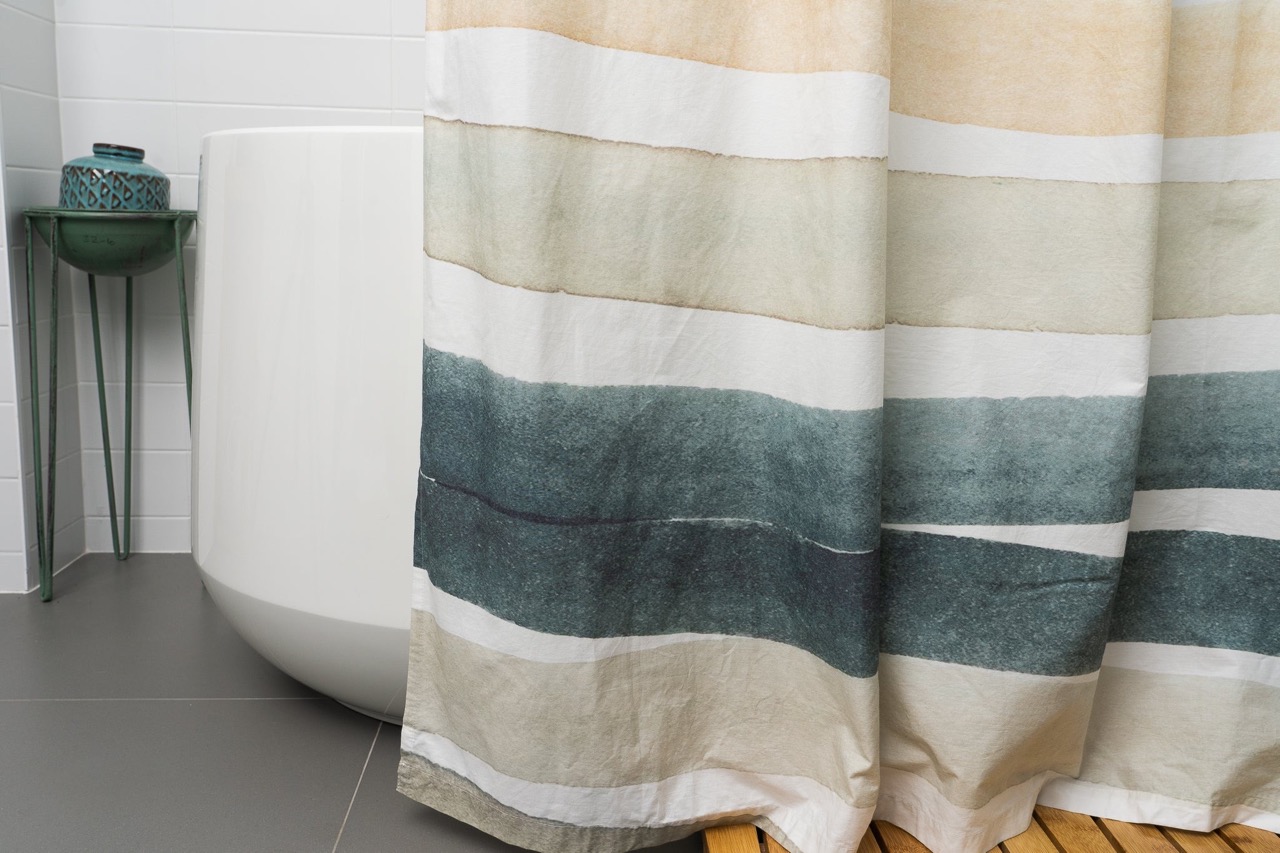
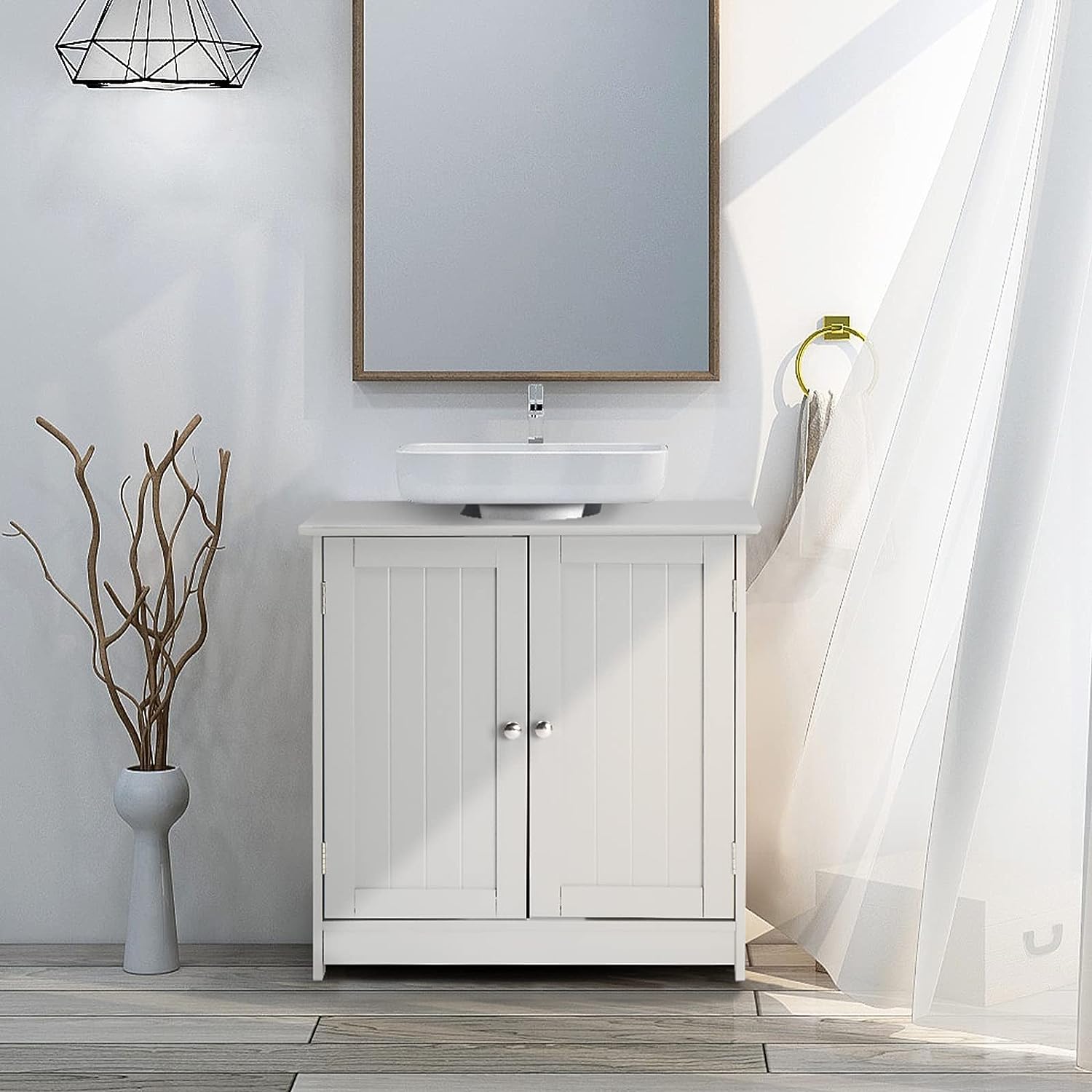
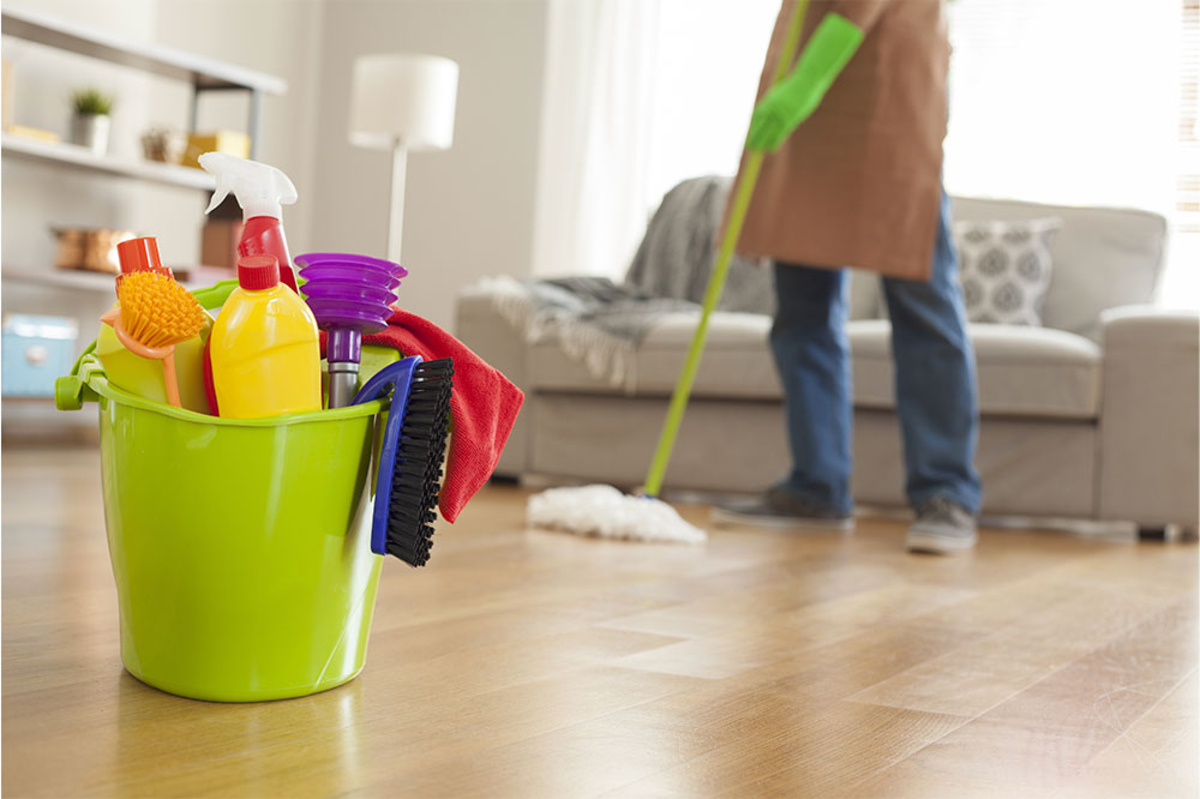
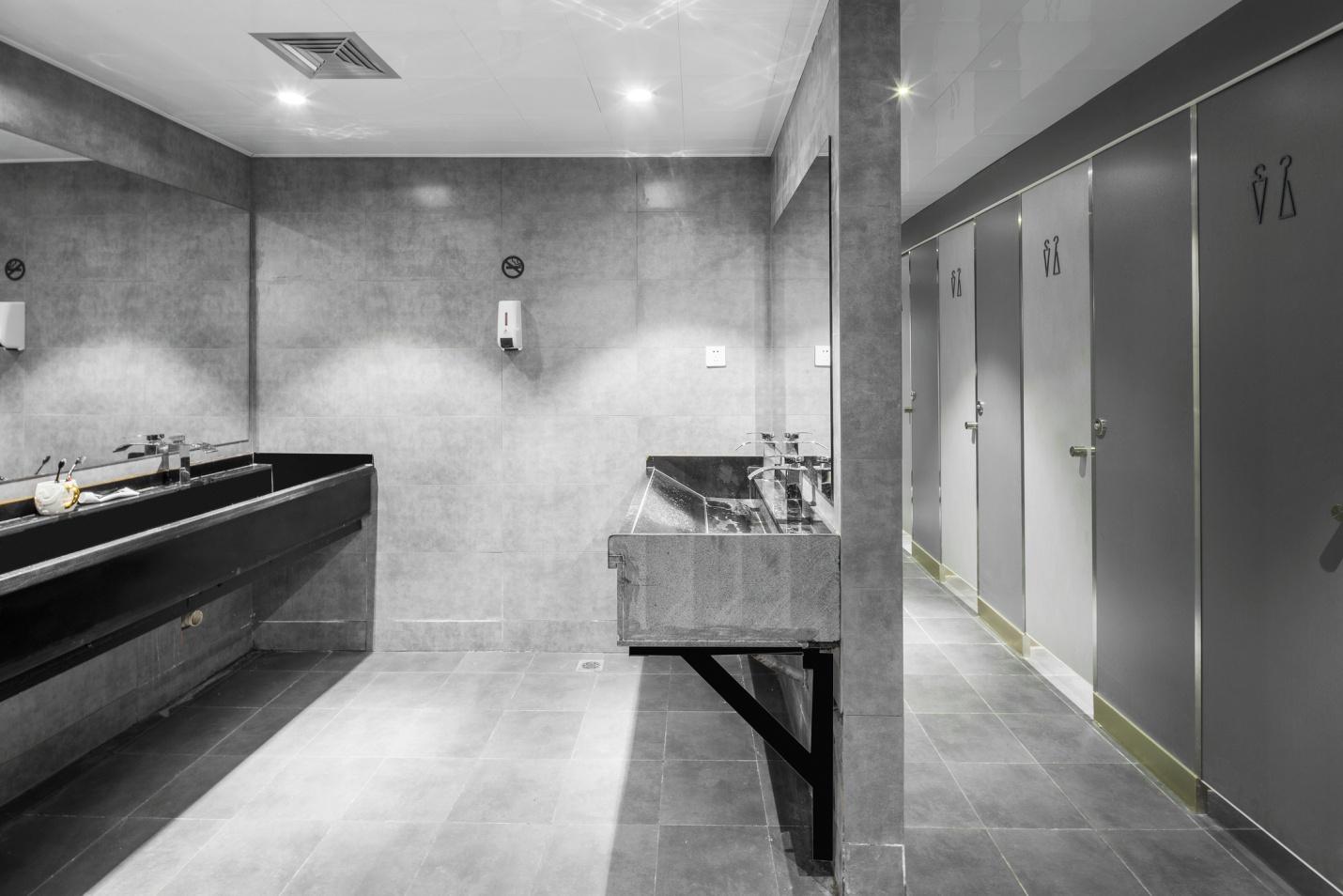

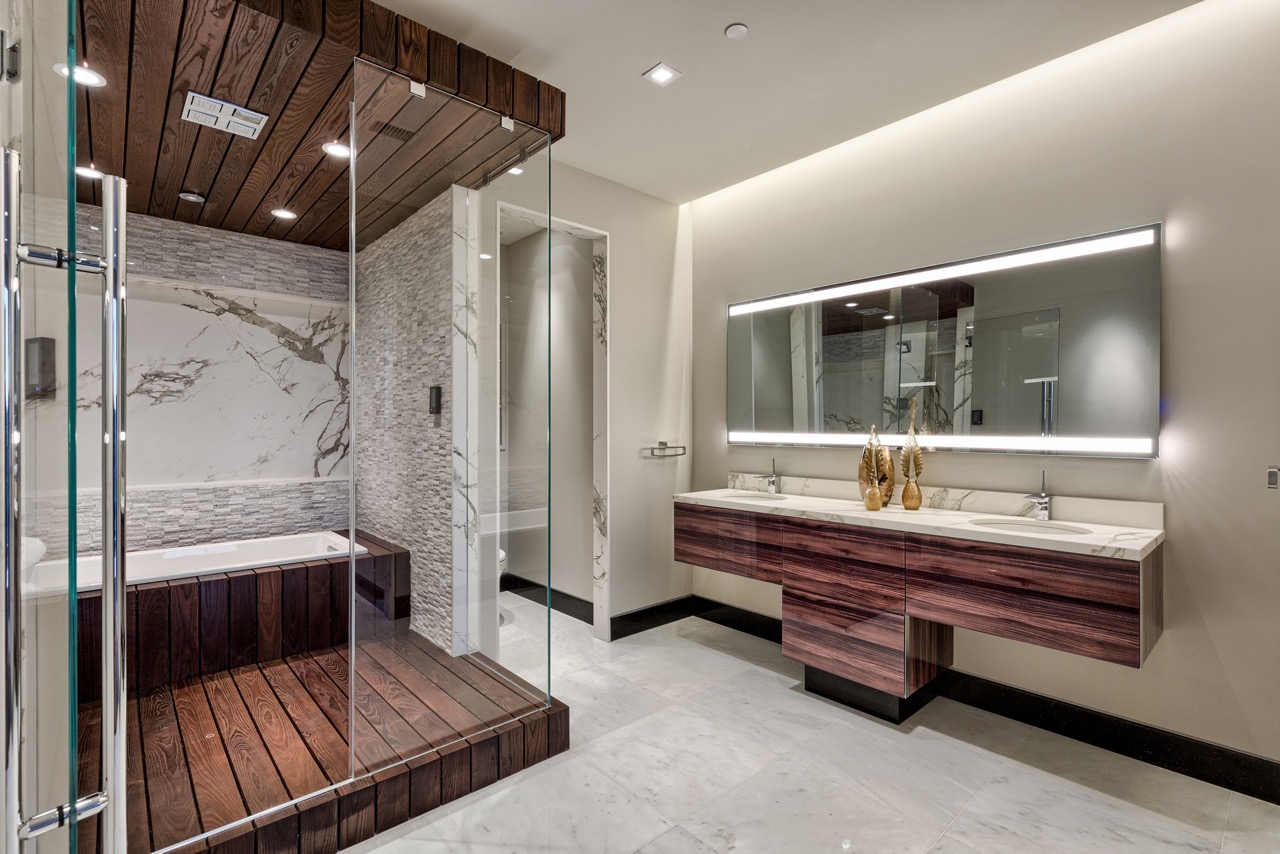
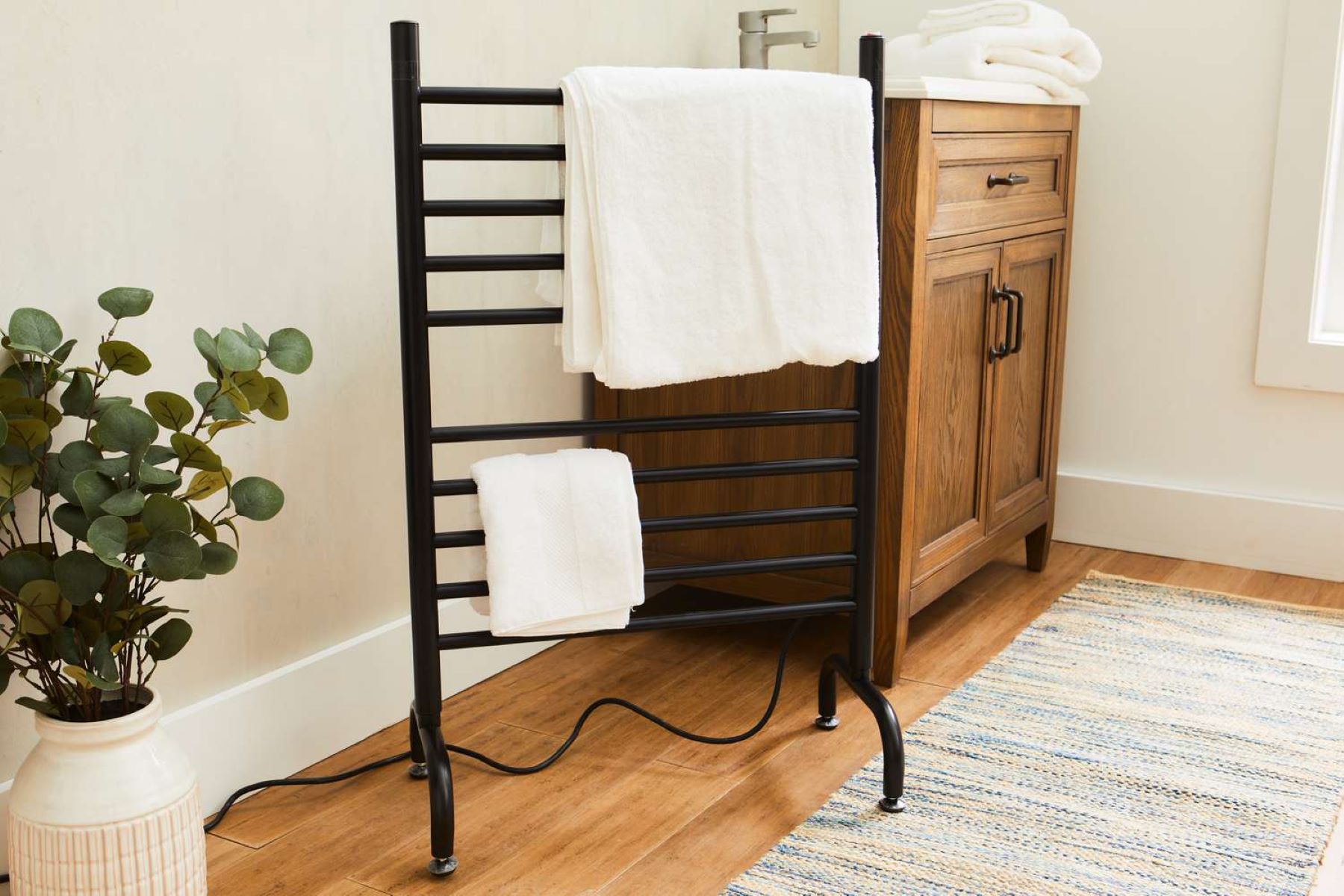
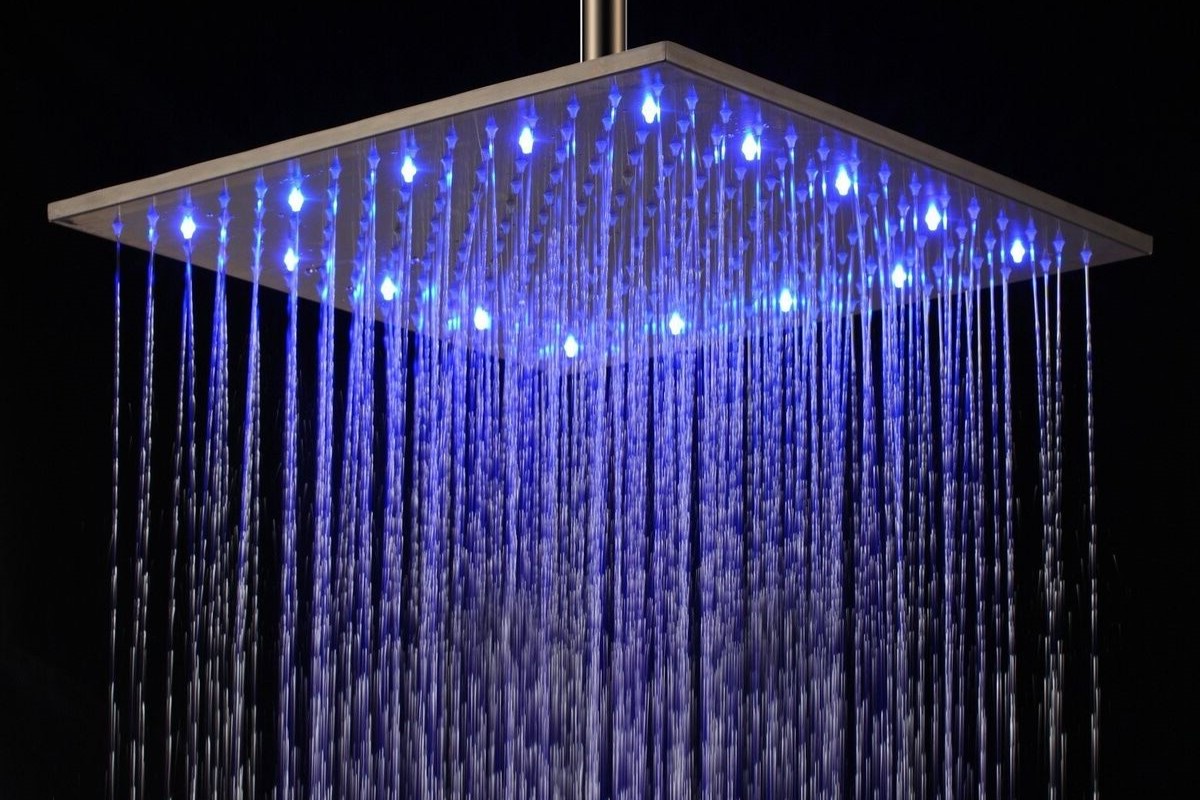

0 thoughts on “6 Bathroom Renovation Mistakes Making Your Cold Bathroom Moldy”